1. Bell-Bottoms
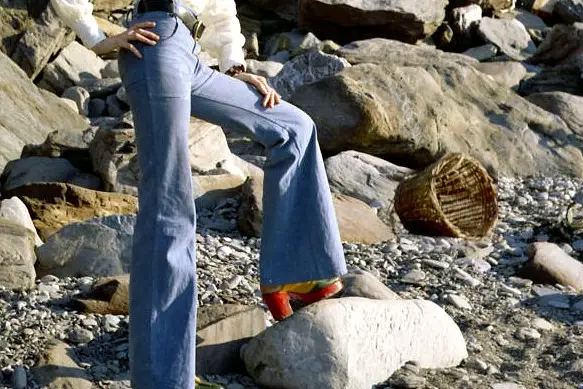
Bell-bottoms might seem like harmless flared pants today, but in the ’70s, they were a bold fashion statement that challenged the polished silhouettes of previous decades. Originally tied to counterculture movements and worn by sailors and rebels alike, bell-bottoms quickly became a symbol of anti-establishment cool. They flared out wildly below the knee, catching everyone’s eye and announcing to the world that you weren’t interested in playing by society’s rules. They blurred gender lines, with men and women both rocking them unapologetically says Woman’s Day.
Wearing bell-bottoms wasn’t just about style—it was about rejecting the conformity of the ’50s and early ’60s. Parents rolled their eyes, teachers sent kids home for violating dress codes, and conservative workplaces banned them outright. But that didn’t stop young people from embracing the flare. They were groovy, defiant, and a little dangerous—and that’s exactly what made them irresistible adds Global Sources.
2. Crop Tops
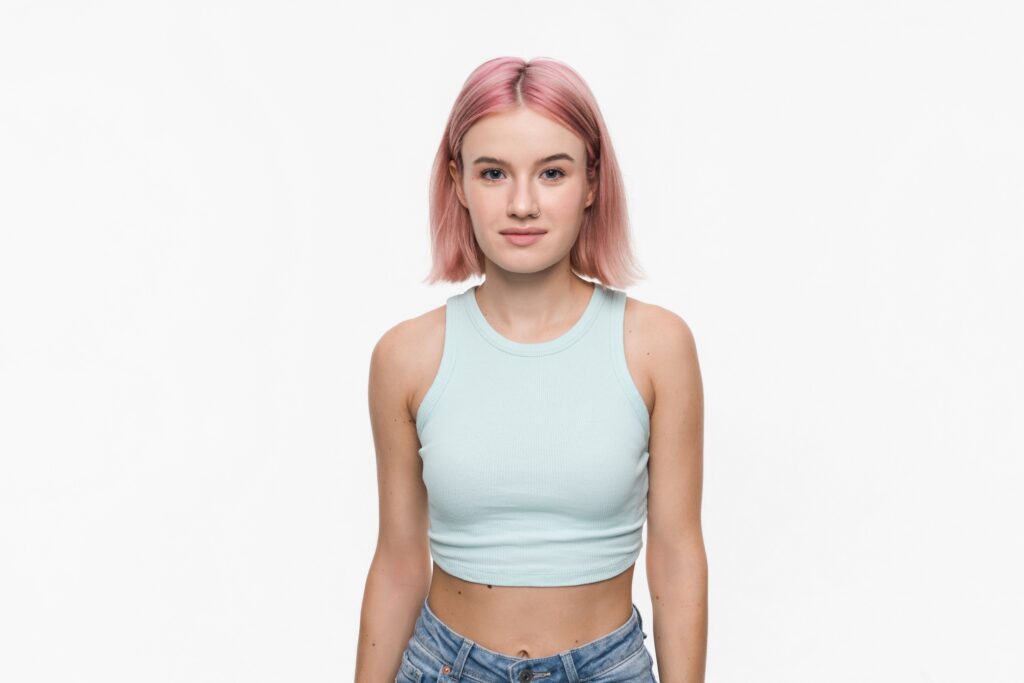
Today, crop tops are everywhere, but back in the ’70s, they caused a real stir. Baring your midriff wasn’t just a fashion choice; it was seen as a rebellious move against modesty standards, especially for women. Young people wore them to concerts, parks, and protests, making a loud statement that they didn’t care what was “appropriate.” They embodied the rise of body positivity before the term even existed says InStyle.
Wearing a crop top was about embracing freedom and breaking out of restrictive gender norms. Guys wore cropped football jerseys and tank tops too, giving the trend an androgynous edge. It wasn’t just about looking cool—it was about owning your body and not letting anyone shame you for it. In an era where control and conservatism were still lurking, that bare sliver of skin spoke volumes shares USA Today.
3. Platform Shoes
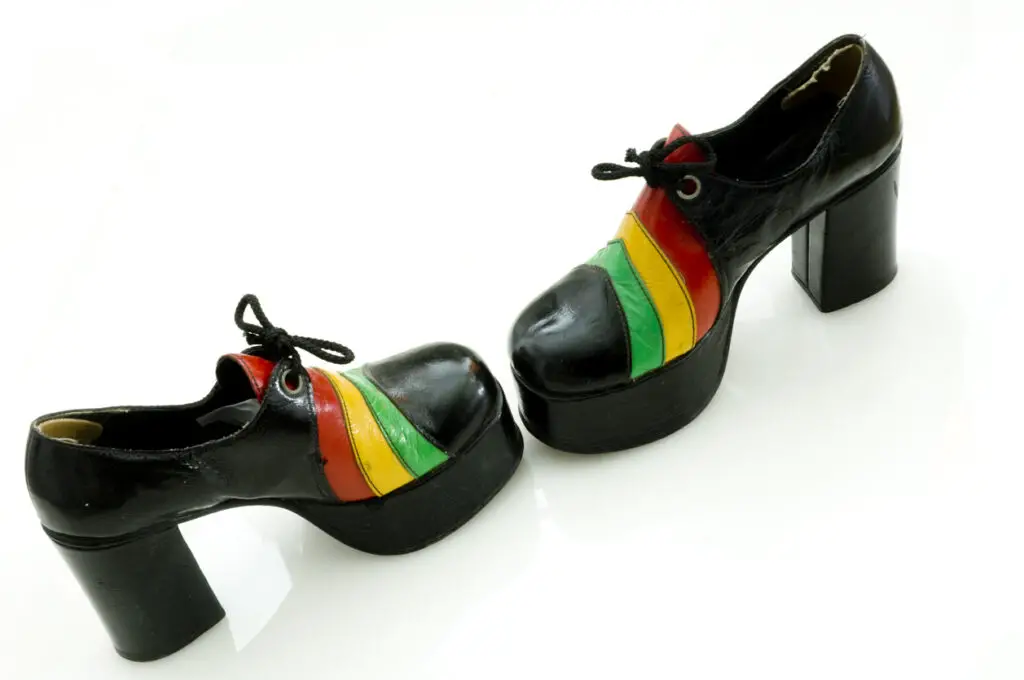
Platform shoes weren’t just towering footwear—they were a bold rejection of subtlety and tradition. Rising sometimes up to six inches, they made wearers look like they were floating above the mainstream. Everyone from disco dancers to glam rock stars sported them, turning sidewalks into runways. And it wasn’t just for women—men strutted confidently in chunky platforms, blurring gender expectations.
The shoes were flashy, loud, and sometimes totally impractical, but that was the point. They said, “Look at me, and don’t you dare judge.” They rebelled against the idea that fashion should be understated or purely functional. Whether you were dancing under the disco ball or just walking down the street, platform shoes demanded attention—and made it clear you weren’t interested in blending in.
4. Leisure Suits
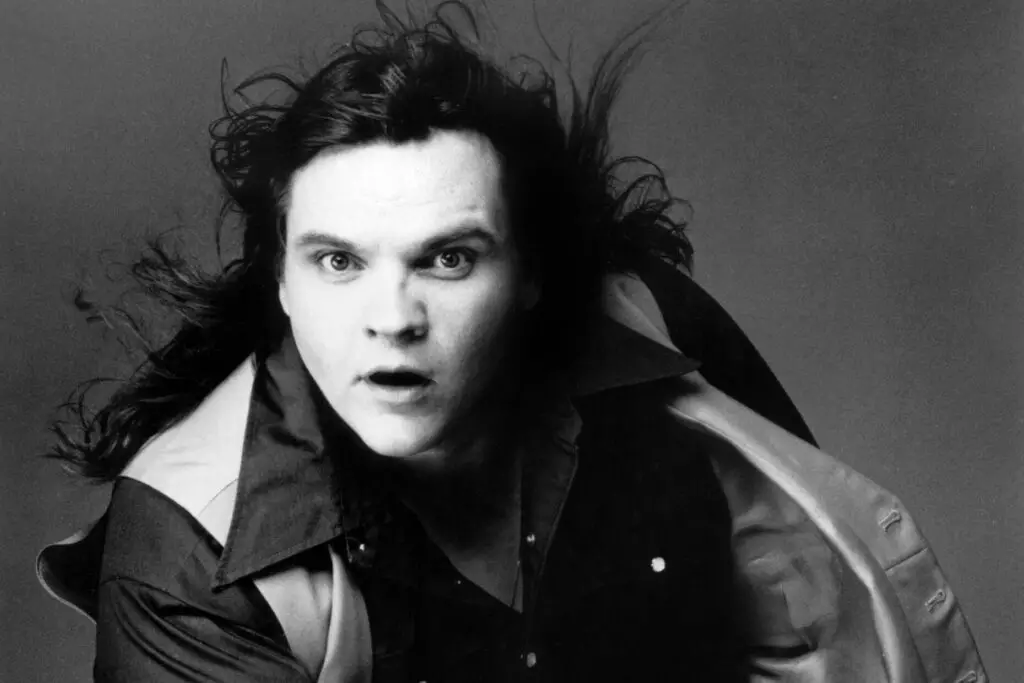
Leisure suits might look like something your dad wore to a wedding, but they were actually a slap in the face to traditional business attire. With wide lapels, bold colors, and synthetic fabrics like polyester, they were the anti-suit. No stiff collars, no boring grays or blacks—just relaxed, loud confidence. They gave everyday guys permission to have fun with fashion, even if they still wanted to look somewhat put-together.
In a decade where work culture was being questioned, the leisure suit was a way to say, “I can be professional without losing my personality.” And for some, it was even a political statement—especially when worn by Black and Latino men carving out space in style culture. The suit wasn’t just for the office anymore—it was for the dance floor, the block party, and anywhere someone wanted to be seen. It turned something stiff and traditional into something smooth and cool.
5. Tube Tops
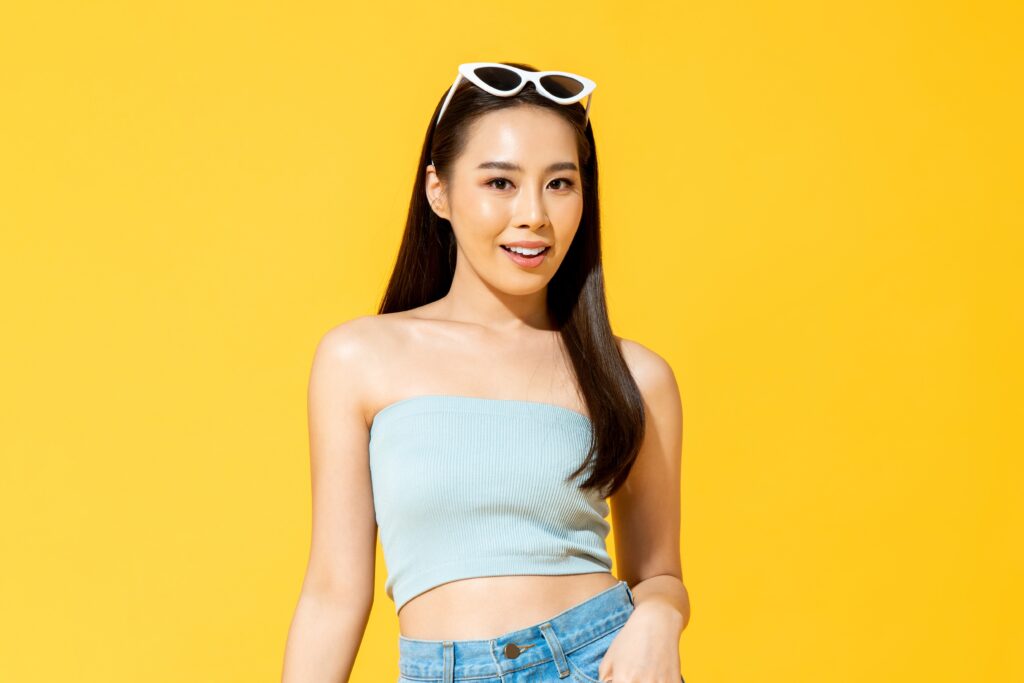
Tube tops were one of the most daring pieces of clothing in the ’70s, not because they were skimpy, but because they threw convention out the window. They had no straps, no structure—just a stretchy band of fabric that hugged the torso and screamed freedom. Girls wore them to the mall, the roller rink, and out dancing, challenging dress codes left and right. They celebrated the female form in a way that made some people wildly uncomfortable.
But that discomfort was part of the appeal. Wearing a tube top was about being bold and refusing to shrink yourself to fit someone else’s rules. It was a nod to the feminist movement, to sexual liberation, and to self-expression. You weren’t trying to blend in—you were showing up exactly as you were, unapologetically.
6. Fringed Everything
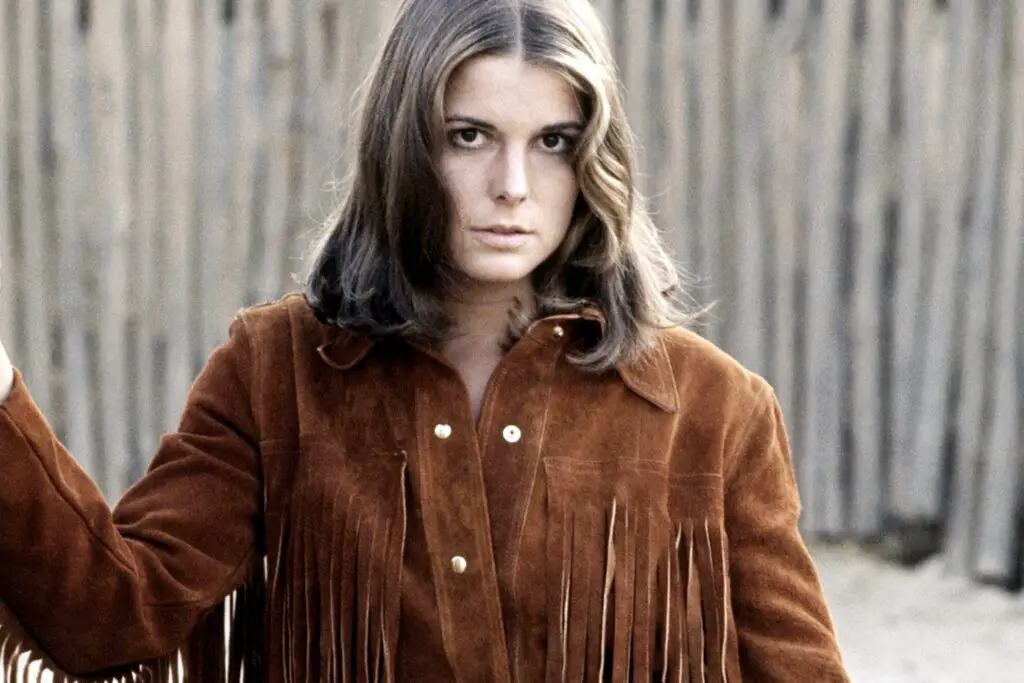
Fringe wasn’t just a decoration—it was a rebellion in motion. You couldn’t stand still in a fringed jacket or vest; it danced and swayed with every step, turning the wearer into a moving spectacle. Inspired by Native American garments and the freewheeling spirit of the Wild West, fringe made a big comeback in the ’70s, especially among those tied to the hippie movement. It was a way of connecting to something earthy and spiritual in the middle of a consumer-driven culture.
Wearing fringe was about texture, movement, and a little bit of drama. It wasn’t neat or tidy, and that was exactly the point. You couldn’t iron it into submission—it was always going to do its own thing. And in a decade filled with calls for peace, freedom, and authenticity, fringe felt like the perfect metaphor.
7. Jumpsuits
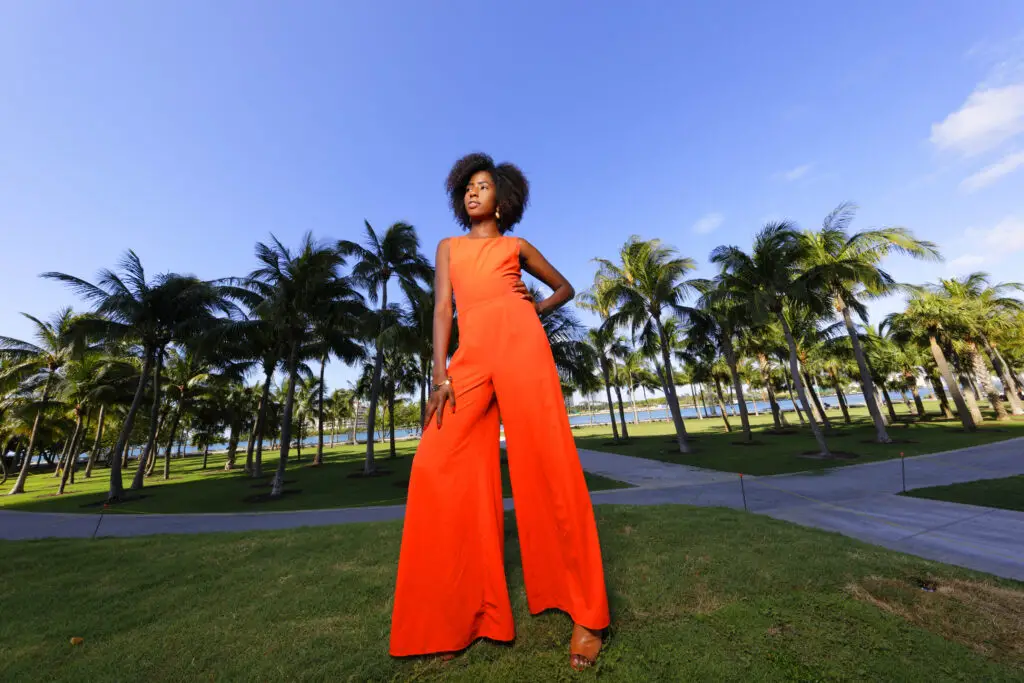
Jumpsuits took the idea of gendered fashion and tossed it right out the window. Both men and women wore them, and they came in every fabric and pattern imaginable—from denim to sequins. It was a one-and-done outfit that made a bold, futuristic statement. You looked like you belonged on a spaceship—or at Studio 54—and that was the vibe.
There was something liberating about zipping yourself into one garment and calling it a day. It was sleek, powerful, and often skin-tight, challenging the idea that fashion needed to be fussy or overly segmented by gender. Jumpsuits were fearless. And wearing one meant you probably were too.
8. Tie-Dye
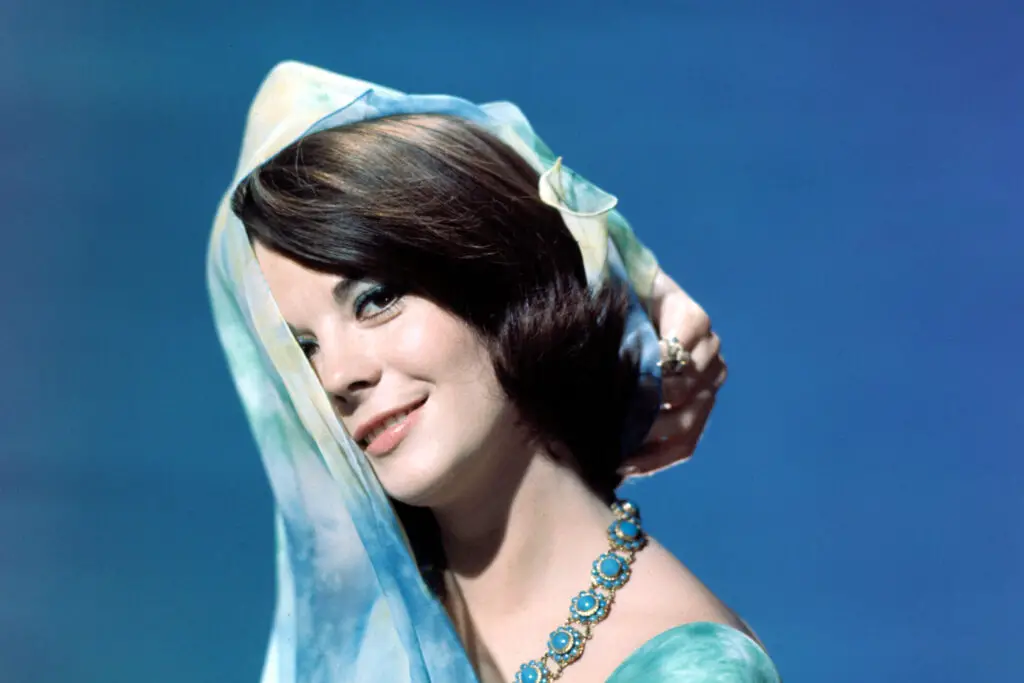
Tie-dye is practically synonymous with peace and love, but underneath all that swirling color was a real spirit of rebellion. It was messy, unpredictable, and handmade—an antidote to the mass-produced fashion of the time. No two tie-dye shirts were exactly alike, and that individuality was part of the draw. It gave people a way to express themselves without saying a word.
Wearing tie-dye in the ’70s wasn’t just about being groovy—it was about resisting the idea that you had to look a certain way to be accepted. It became a badge of honor for those involved in the anti-war movement, civil rights, and environmental causes. It was loud and proud and a little chaotic—kind of like the decade itself. And that’s why people loved it.
9. Wide Collars
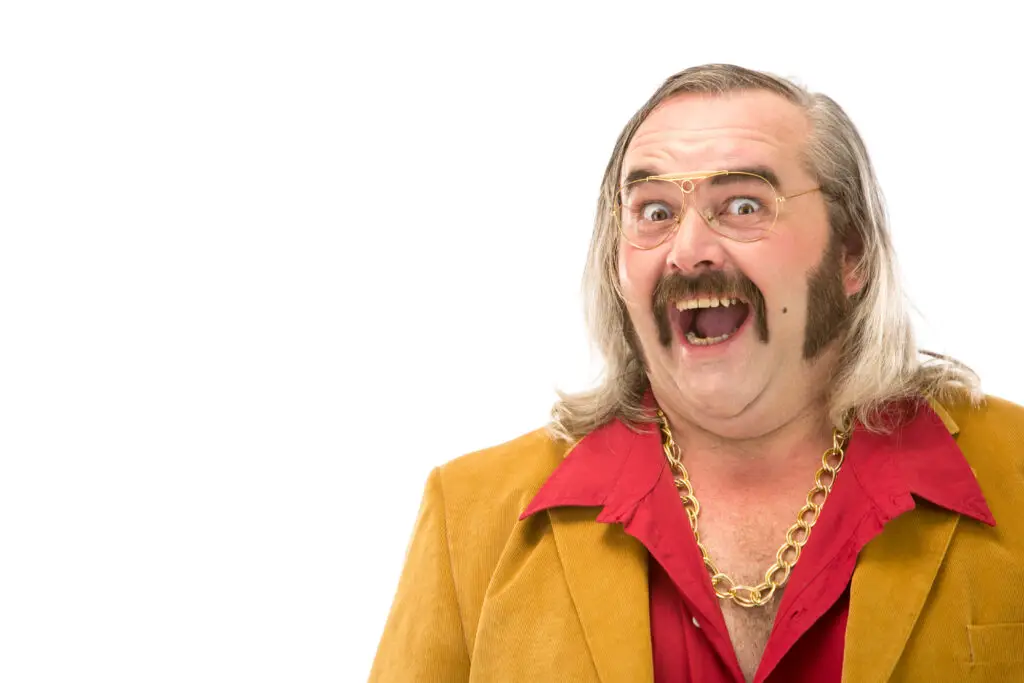
Wide collars weren’t just a fashion quirk—they were a direct challenge to the buttoned-up styles of the past. These exaggerated, wing-like collars flared out over jackets and sweaters like they had somewhere to be. They came in bold prints, silky fabrics, and sometimes even had metal tips. You couldn’t miss them, and that was the point.
They said, “I’m not trying to hide.” In a world where modesty and subtlety had ruled for too long, wide collars offered a fresh kind of flamboyance. They celebrated the idea that fashion could be playful and exaggerated. And when paired with gold chains and swagger, they were downright iconic.
10. Hot Pants
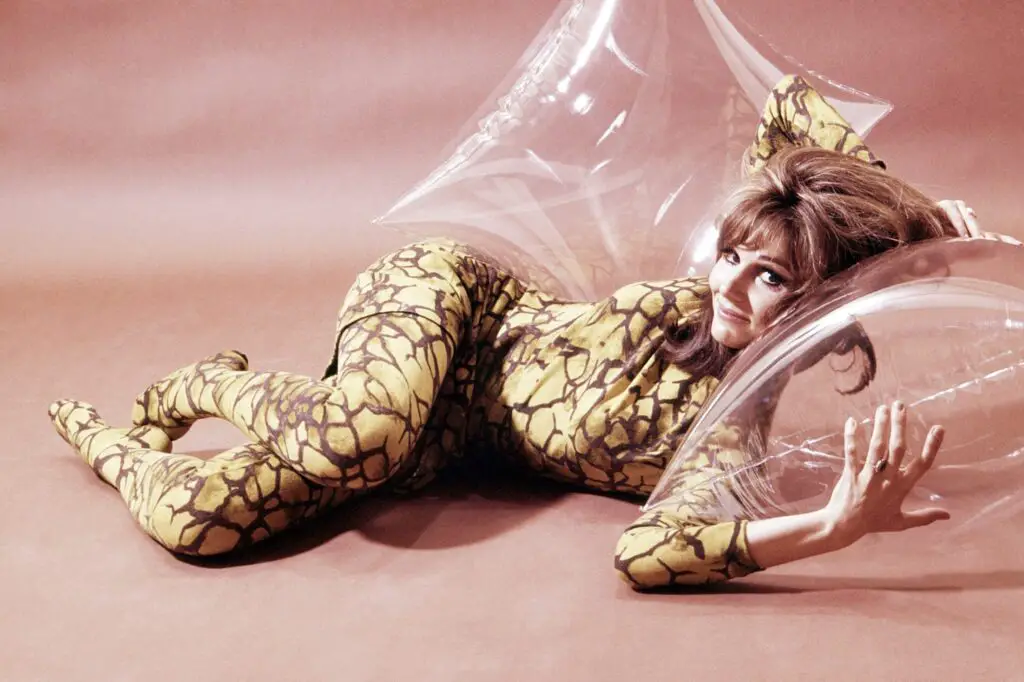
Hot pants were tiny, tight, and totally defiant. They weren’t designed to blend in—they were meant to make jaws drop. Women who wore them were often criticized, sexualized, and shamed, but they kept wearing them anyway. That made them more than just a trend—they were a feminist statement.
It was about reclaiming the right to dress however you wanted without apology. Hot pants dared people to confront their own discomfort with female confidence. They were cheeky, literally and figuratively, and they made sure women took up space. Whether worn on stage or on the street, they left an impression.
11. Embroidered Denim
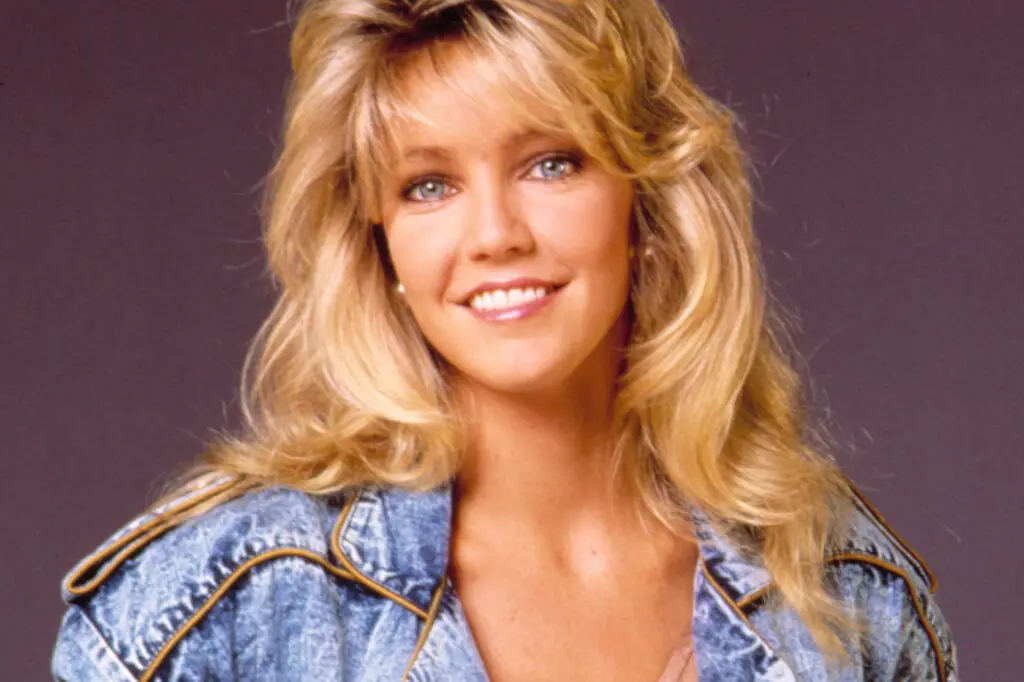
Denim was already cool, but embroidered denim took things to a whole new level. People stitched flowers, peace signs, slogans, and stars onto their jackets and jeans, turning everyday pieces into walking canvases. It was a DIY rebellion against cookie-cutter clothing. Every patch and thread told a story—of love, protest, music, or identity.
It was about ownership—making mass-market clothes feel personal and powerful. You didn’t need a designer label when you had your own two hands and a needle. In a way, embroidered denim was wearable art with a message. And every time someone asked where you got it, you could proudly say, “I made it myself.”
12. See-Through Fabrics
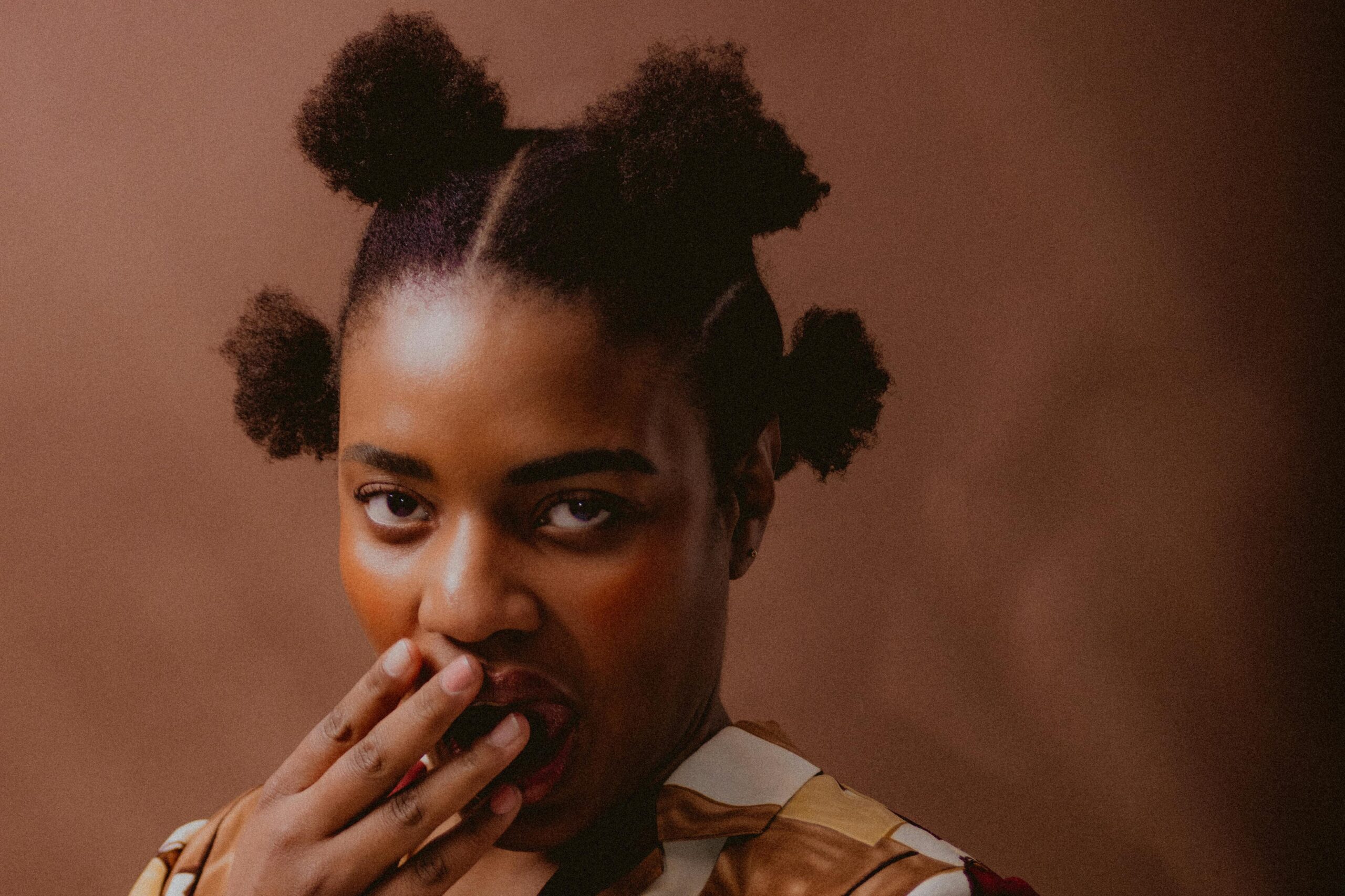
Wearing sheer or see-through clothing in the ’70s wasn’t just fashion—it was provocation. Lace blouses, mesh tops, and gauzy dresses made people do a double take. There were no apologies, no “oops” moments—this was intentional exposure. And it flew in the face of everything polite society had to say about modesty.
It wasn’t about showing off—it was about daring people to look and rethink what they considered appropriate. These outfits turned heads and started conversations. Some called it risqué, others called it revolutionary. Either way, the point was made: your body, your rules.
13. Headbands and Hair Wraps
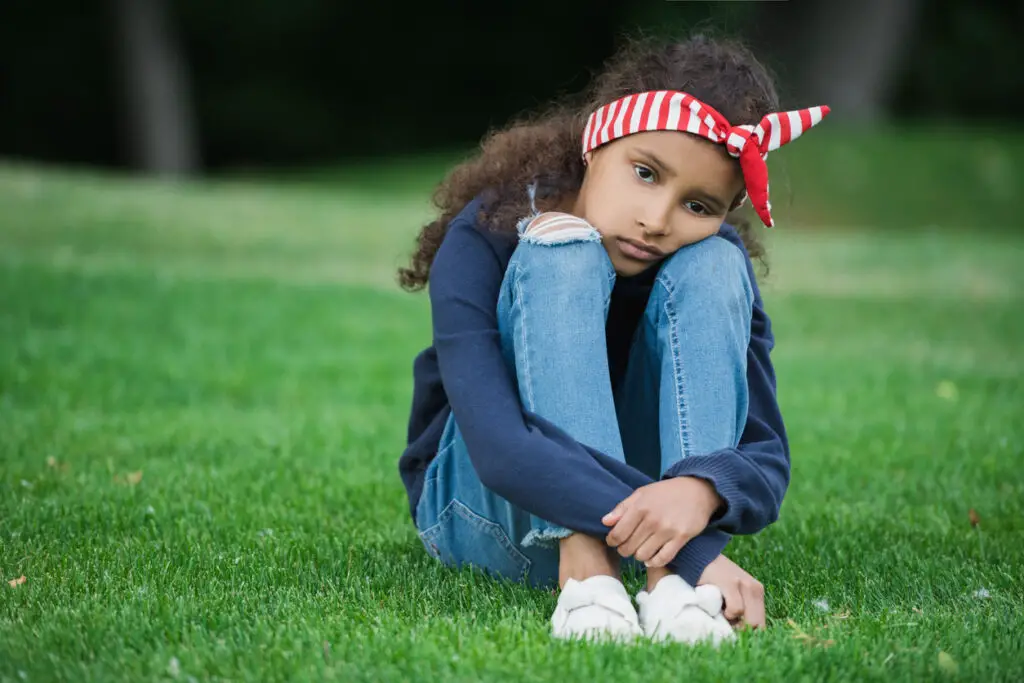
What might look like a simple accessory was actually a nod to nonconformity. Headbands and hair wraps weren’t just for style—they were often worn by people who wanted to align themselves with peace movements, spiritual awakenings, or even Black Power. Wrapping your hair was a way to reject Eurocentric beauty standards and embrace something more natural and personal. They were boho, Afrocentric, hippie—and they were powerful.
Plus, they symbolized a quiet kind of resistance. You didn’t need to raise a fist to push back—sometimes all it took was tying a scarf around your head and living your truth. These weren’t just fashion statements. They were identity markers in a decade full of change.
